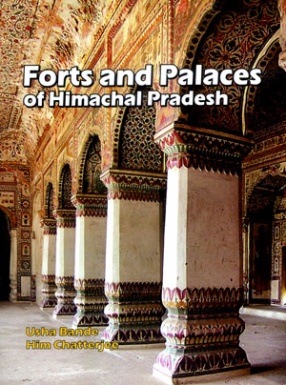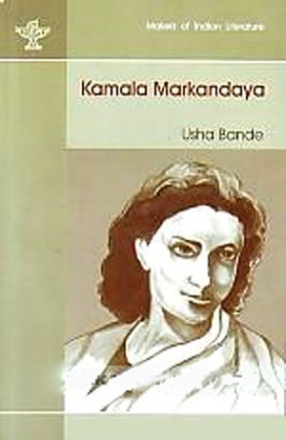Himachal Pradesh is a small hill state nestling in the lap of the Western Himalaya . Geographically it is a mountainous State with high ranges, snow clad peaks, unfathomable valleys, powerful rivers and gurgling streams. The topography is difficult and defies easy access. Yet, there have been adventurers who came to the Himalayan terrain, conquered the local chiefs and established kingdoms. When there is kingdom, there is bound to be fortification to secure the boundaries, and palaces to live in style befitting the ruler. Culturally, Himachal Pradesh has a pleasant amalgam of mainstream Hindu, Buddhist and tribal art, architecture, and folk practices. Some of its forts and palaces have rich treasures of temple architecture, heritage buildings, paintings, sculpture and wood carvings fit to leave the tourists wonderstruck at the beauty and depth of the culture.
When one thinks of the forts of Himachal Pradesh, the first to come to mind is Kangra fort followed by the huge Nurpur Fort, the Forts of Sujanpur Tira, Haripur-Guler and Kotla. These are testimonials to the splendid defense strategies, stupendous grandiosity of style and the great legacy in building art. On the other hand, the structure of the palaces in the upper regions of Himachal is usually tower-like. The idea was to combine fort and palace because of lack of space. The forts and palaces of this tiny hill state may not vie with those of Rajasthan or some other states considering the topography of the Pradesh, but they still have a charm of their own and rich potential to attract a large number of tourists. The forts are built on inaccessible hills and open out to awe-inspiring valleys. The scenic grandeur of these palaces and forts is to be seen to be believed.
When the majestic Dhauladhar forms the backdrop to Jhitangiri palace (non-existent today), or to the majestic Kot Kangra, how can one describe the feeling of awe and wonder? When suddenly a fort is seen jutting its little stony head from among the thick deodars on some isolated peak, who can really resist the charm of climbing up to see what it holds? And when you see magnificent Rajasthani art on the façade of some dilapidated palace you feel sad at the ravages of time. This book gives visual impressions coupled with brief history of the forts. It also focuses on art and architecture including woodcarvings, stone work, specificities of the architecture, like the Naggar palace of Kullu/Manali area which has typical architecture with horizontal wooden slabs and mud walls that are quake-resistant; temples and temple art associated with the palaces; treks to these palaces and forts through thick pinewoods and steep slopes; the atmosphere of awe and wonder; local customs and culture.









There are no reviews yet.